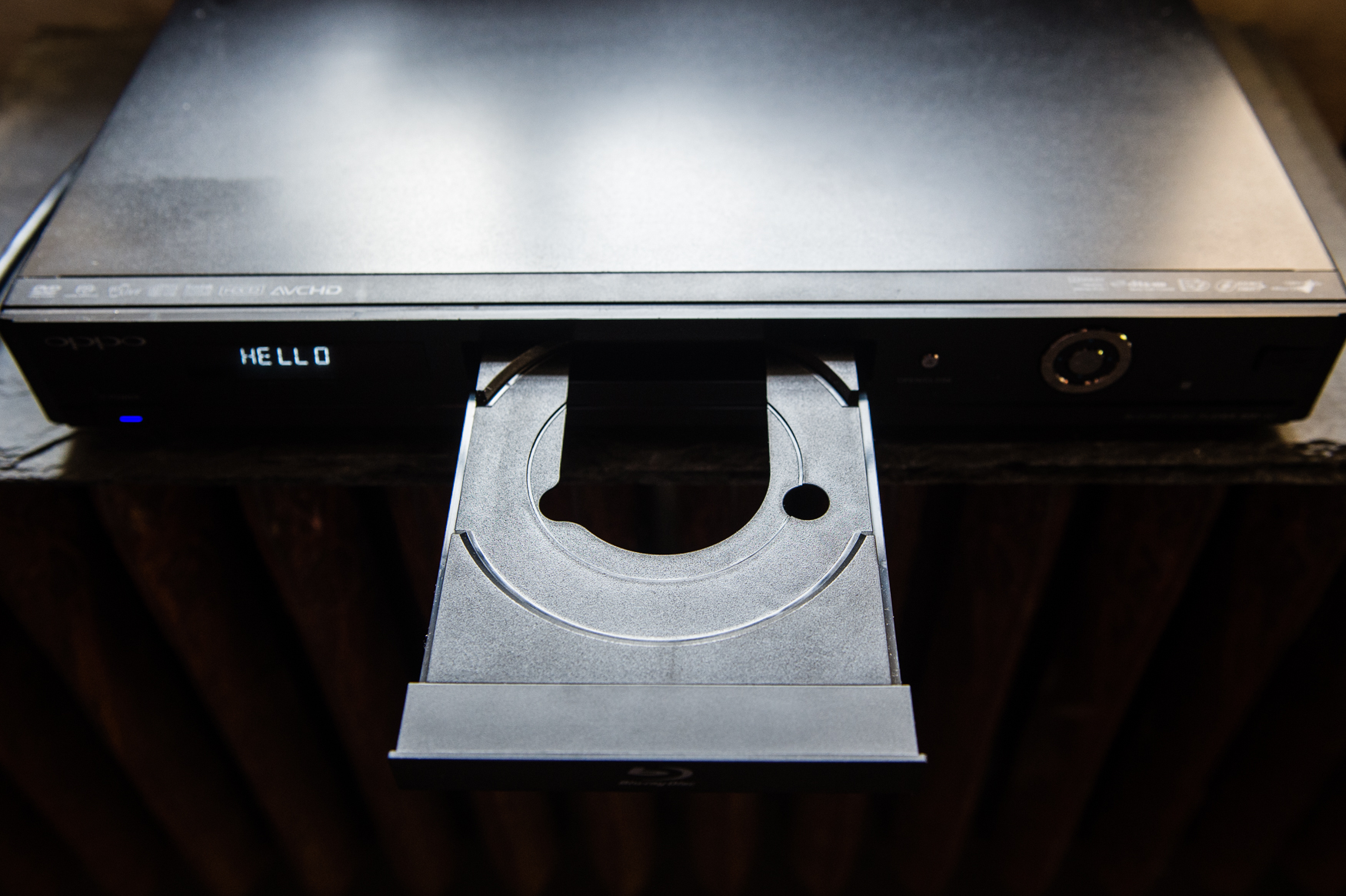Blog

Crossroads
We’re at a very interesting point in audio right now. Music reproduction is at a crossroads. From now on people will be consuming music either virtually and digitally (streaming), or physically and analog (records). There will be no more digital, physical formats in the future, no more CD’s, SACD’s, or other supposedly superior digital formats on disc. CD production has fallen off a cliff. Streaming has essentially killed off the physical sales of music in the digital domain. The irony, of course, is that the one hundred year old technology of vinyl records, which has not really changed much since its inception, has prevailed over “Perfect Sound Forever” ™. Is the pendulum of history swinging back after a half century of worsening sound quality? Are people looking at audio differently than before?
Walking into the Crate and Barrel store at the corner of Broadway and Houston in NYC, the first thing you see is the vinyl kiosk, complete with record players, sofas and furnishings that suggest taking the time to enjoy the music as something valuable in its own right. West Elm, another home furnishing and design chain, has its own version of the same idea, courtesy of Sonos. Around the corner from West Elm’s flagship store in Dumbo, Brooklyn (also home to OMA’s showroom) is Shinola, the Detroit based luxury goods brand that now offer turntables and audio consoles as were common in the 1950’s. And a few blocks from Crate and Barrel, on one of the most expensive streets in Soho, next to Tiffany, both Sonos and Devialet (owned by luxury giant LVMH) have set up boutiques dedicated to only one product- wireless, one box sound systems. We’re starting to see the emergence of audio as lifestyle again, fifty years after its last iteration.
With people’s discovery (or rediscovery) of the pleasures of vinyl records comes the realization that you need something to play your records on. This is driving a lot of big corporate players into an audio market that that was not attractive until very recently. The market had previously been dominated by small audio companies dedicated to a very different market- audiophiles.The decline of that audio market over the last 40 or so years is the result of what happened to music reproduction itself- it became digitized, which meant it became virtual, could be stored on any computer or mobile device, and with earbuds, required no other physical equipment. The only people who seemed to care about audio, read audio magazines and attend audio shows were “audiophiles”. This audiophile world became increasingly closed off from the rest of society which was busy downloading free music or getting it from iTunes.
Now people want to have real equipment to play music again, but there’s a problem. The big companies new to the game don’t know good sound or how to create equipment that makes good sound. They probably don’t care, either- they want to make stuff that looks good and sells. The audiophile companies think they know good sound (which is highly debatable) but could care less about what it looks like, and even disdain design and craftsmanship as not being important. This leaves a chasm between the two, a zero sum game: if you choose looks, forget about sound, or vice versa- something essential is sacrificed either way. And that assumes a big “if”….. meaning that the audiophile aspect of the marketplace actually delivers on the promise of good, better or best sound.
That will be the subject of my next post.